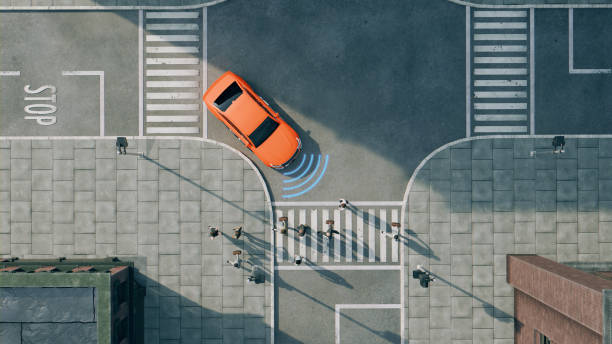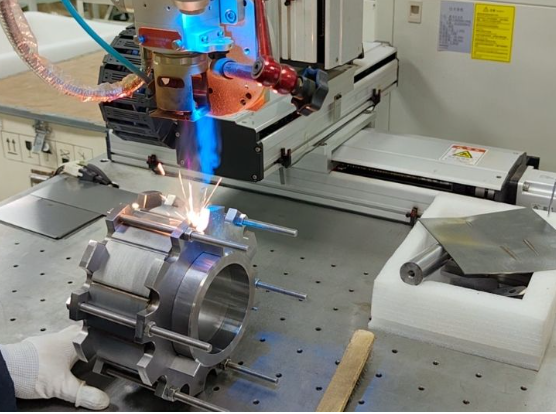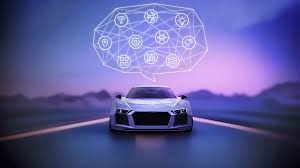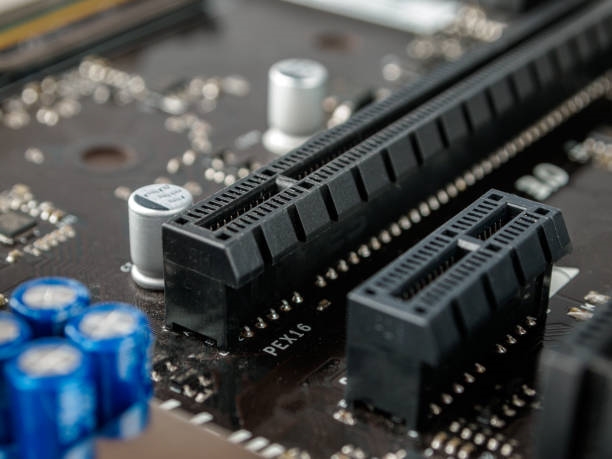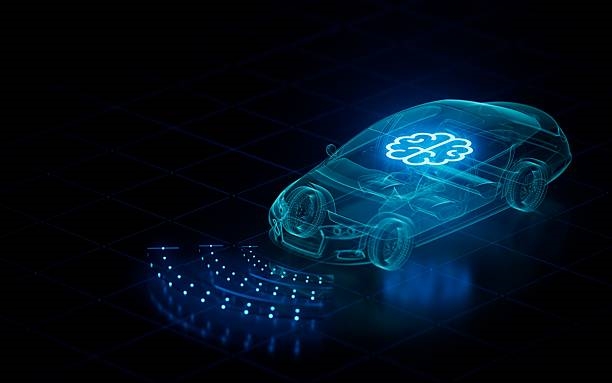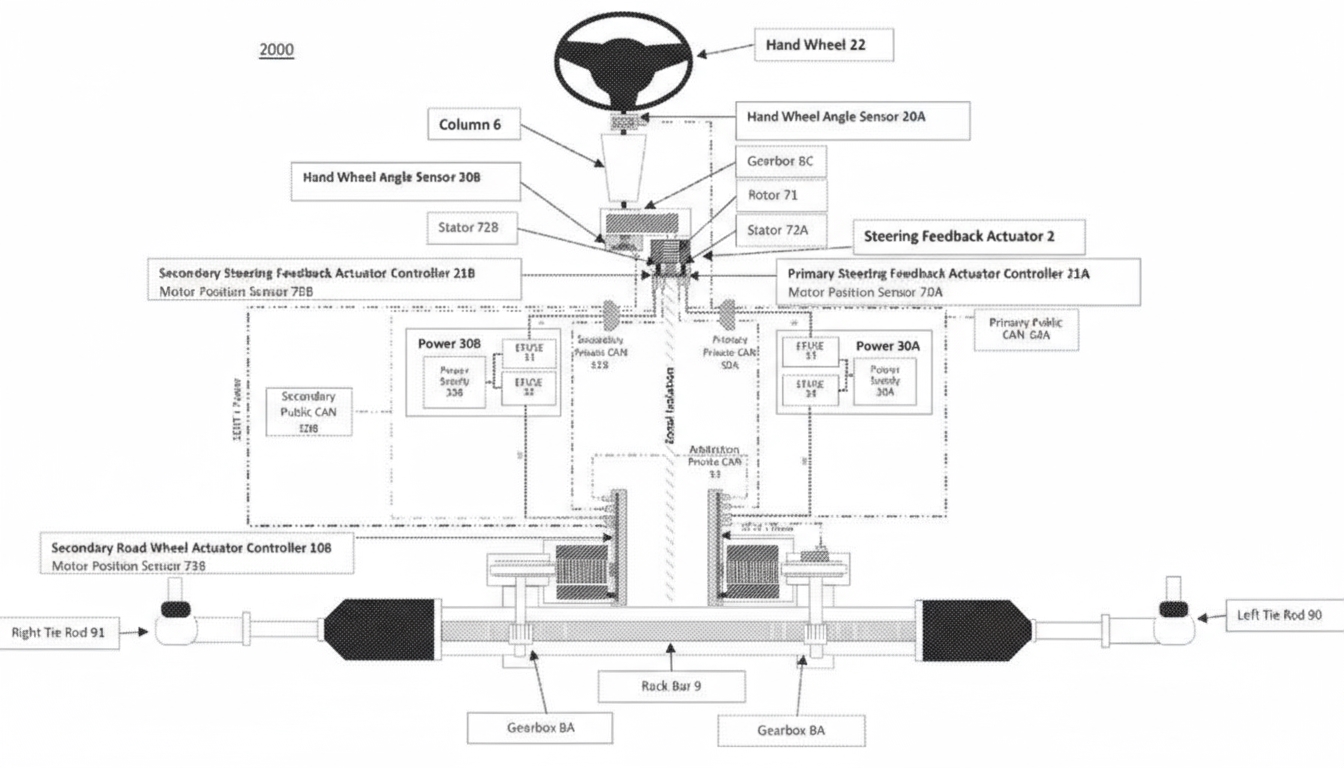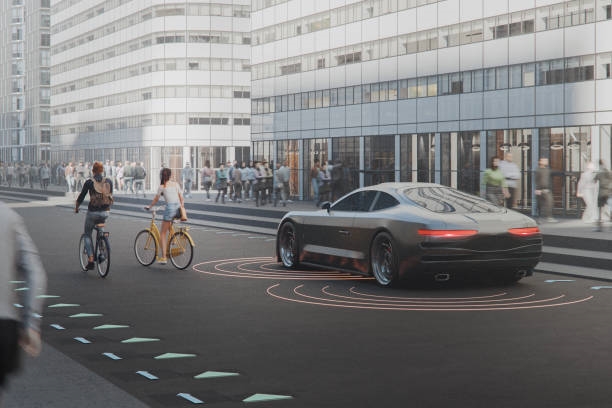Overview
The automotive industry is partnering with major suppliers in artificial intelligence, high-performance computing, mapping, and location intelligence to invest heavily in developing and deploying advanced driver assistance and autonomous driving. A broad range of applications will either assist drivers to improve safety, take over certain tasks from drivers, or ultimately replace drivers entirely by automating the entire driving process.
Driver Responsibility and Automation Levels
Each autonomous driving application combines a specific set of functions with a certain degree of driver disengagement, i.e., a mix of longitudinal and lateral automation while the driver remains at least partially responsible. Driver responsibility here means the driver may be required to provide continuous supervision, or the system may allow the driver to "hands-off", "eyes-off", or "mind-off", depending on the architecture.
Range of Systems
At one extreme are active safety systems, designed to assist the driver only in special situations by warning or mitigating collisions while leaving the driver fully in control; at the other extreme are driverless vehicles, which would replace the driver in all driving tasks and achieve a level of operation that requires no human driver.
Architectural Commonality
From a consumer perspective, these function/regulation combinations appear fundamentally different in value, cost, and overall impact on individual travel experience. However, from an architectural perspective, these applications share a common set of enabling technologies; by adding components, they can provide more capabilities and greater redundancy in more comprehensive autonomous vehicle implementations.
 ALLPCB
ALLPCB


